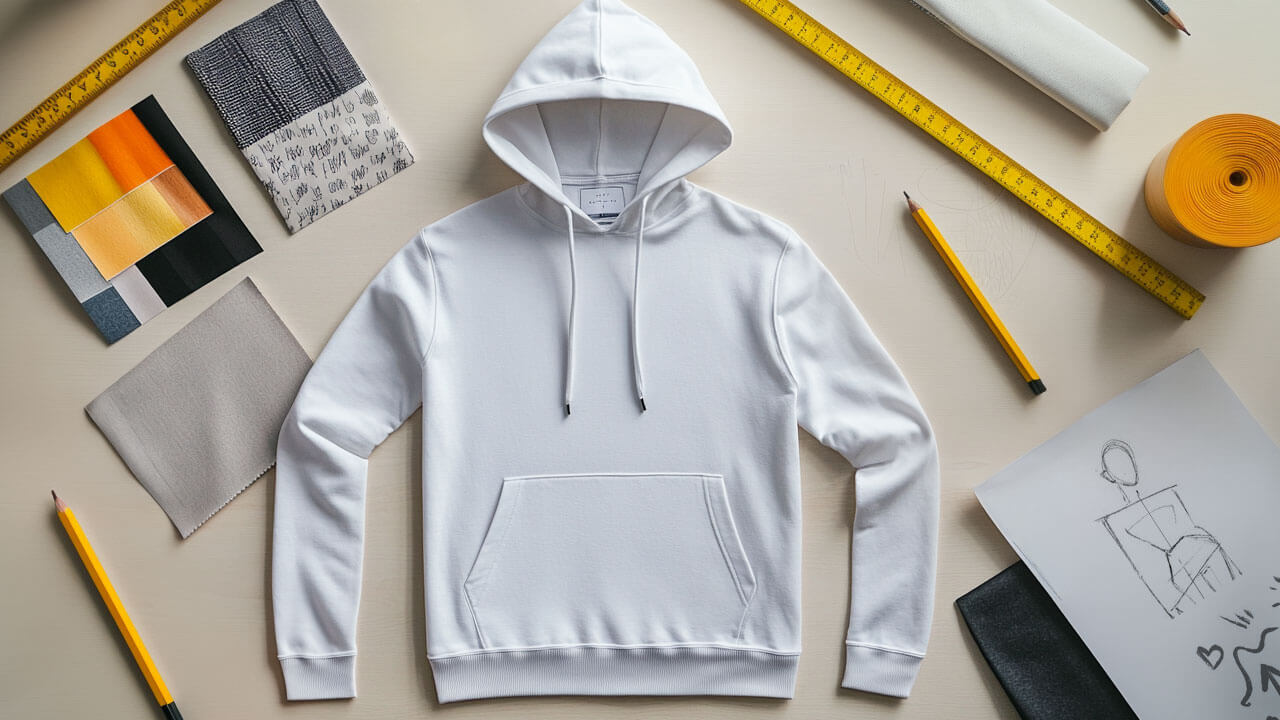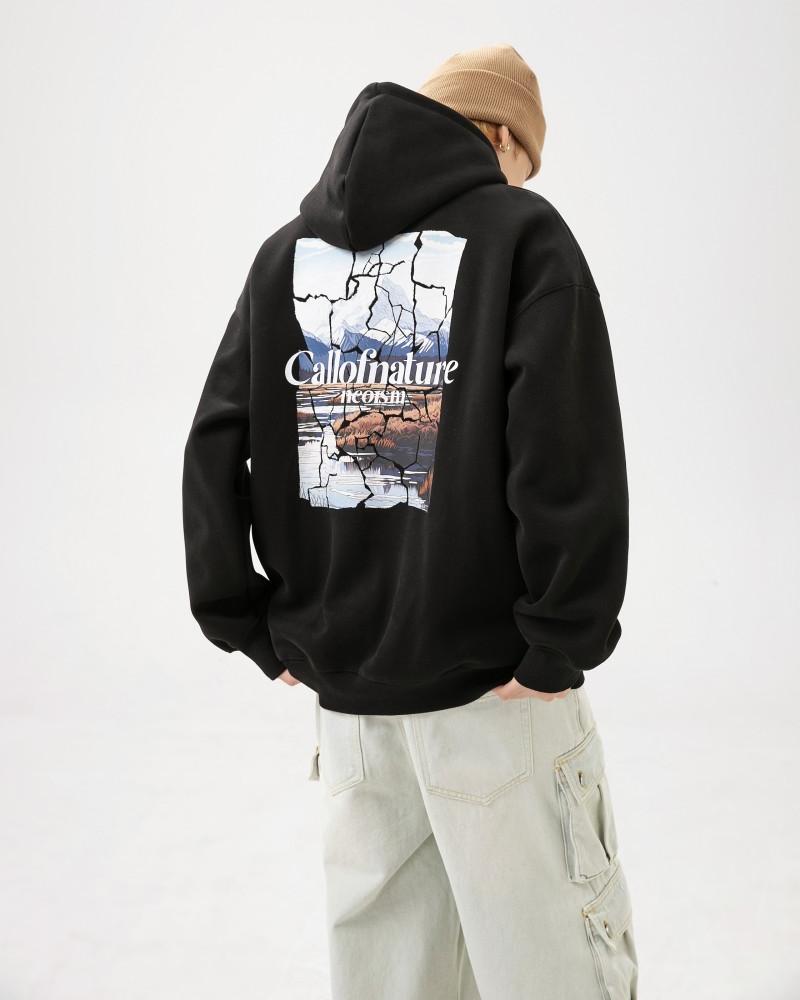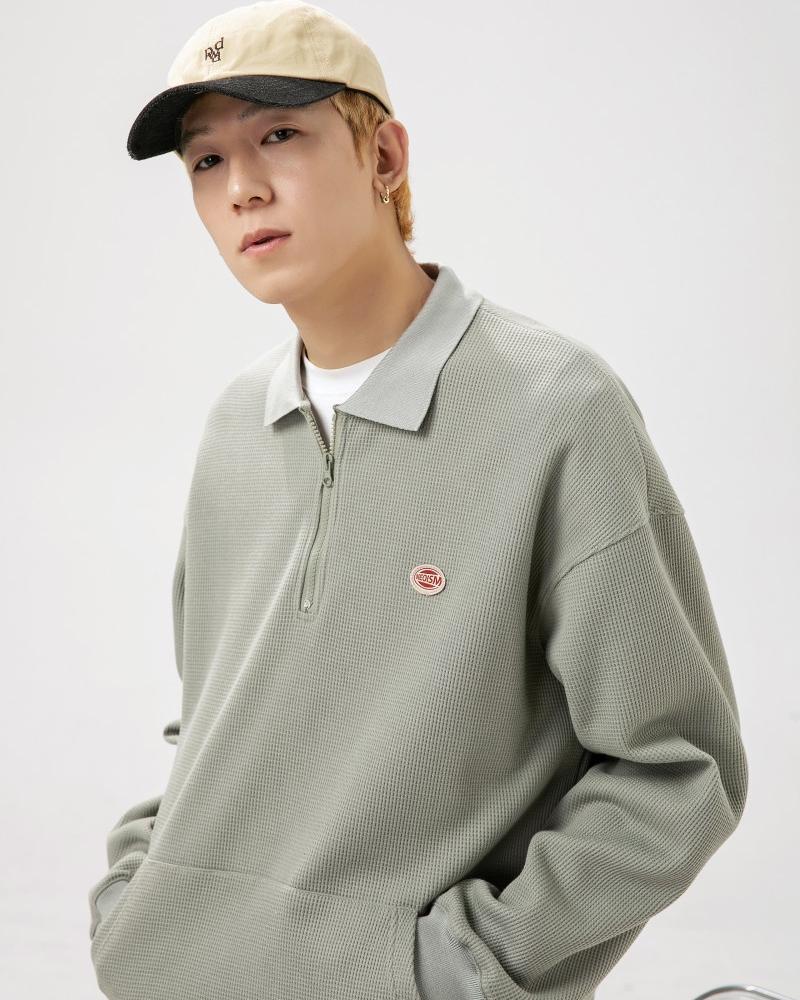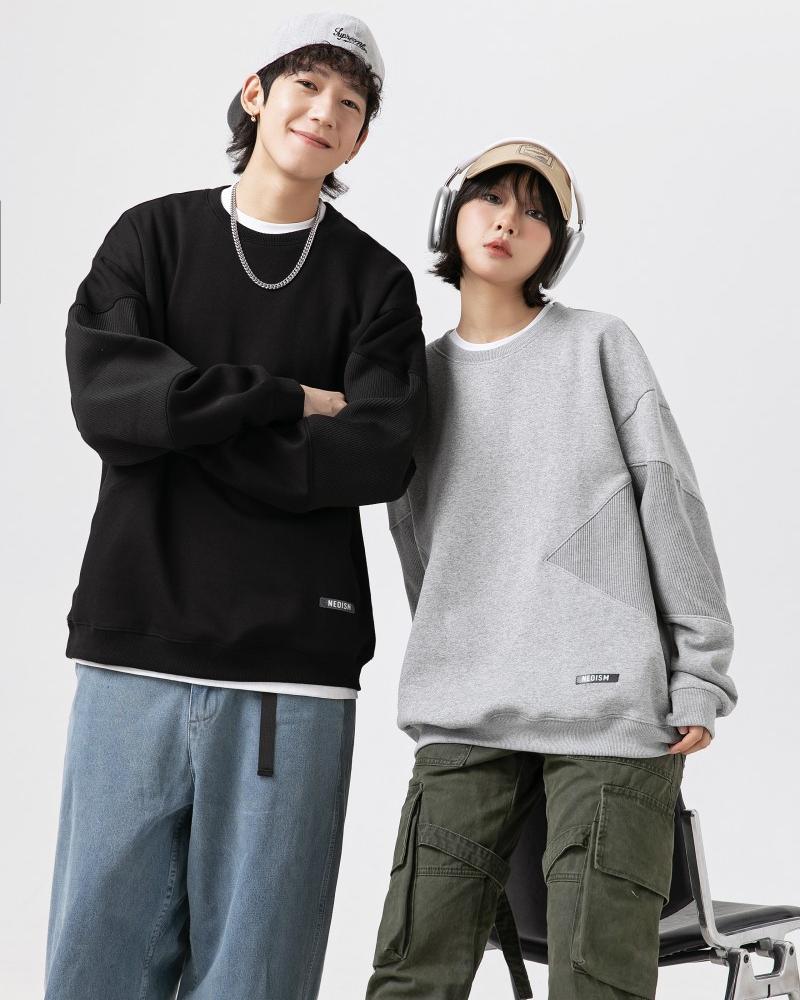-
No. 28, Zhanqian 1st Street, Liuhua Subdistrict, Yuexiu District, Guangzhou City
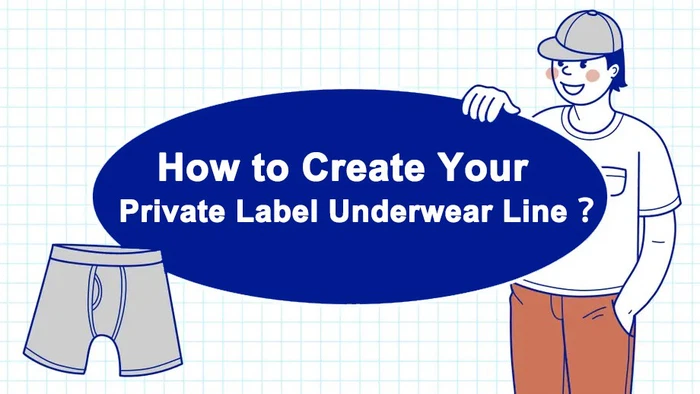
How to build your own underwear brand
Table of Contents
Abstract
The underwear market is one of the fastest growing apparel segments in the world and is expected to reach $135.16 billion by 2030. Consumers’ pursuit of comfort, sustainability and personalized design has created huge opportunities for emerging brands. This guide will take you through the creation process of an underwear brand step by step, covering key links such as market research, product design, manufacturing selection, branding, and provide 10 core arguments and arguments to help you successfully enter this booming industry.
1. The huge potential of the underwear market (industry trend argument)
Argument: The underwear industry is growing rapidly and there are still a lot of opportunities for new brands. Argument:
- According to Market Research Future data, the global underwear market is expected to grow at a compound annual growth rate of 4.52% from 2024 to 2030, and the market size will reach $135.16 billion in 2030.
- Consumer demand for comfortable, functional and sustainable underwear has surged, and market segments such as organic cotton, seamless design and sports bras have grown significantly.
2. Accurately position niche markets (market research argument)
Argument: Successful underwear brands often focus on specific groups or needs. Argument:
- The plus-size underwear market has grown rapidly in recent years, but it is still not fully met (such as the success of Savage X Fenty).
- Environmentally friendly underwear (such as brands using recycled fibers) is particularly popular among Generation Z, and Google Trends shows that related searches have increased by 35%.
3. Design determines success or failure (product development argument)
Argument: Excellent design needs to balance fashion and functionality. Argument:
- Consumer surveys show that 70% of women prioritize comfort, while 50% also focus on style (NPD Group data).
- The return rate of underwear made of breathable fabrics (such as modal and bamboo fiber) is 20% lower than that of ordinary polyester products.
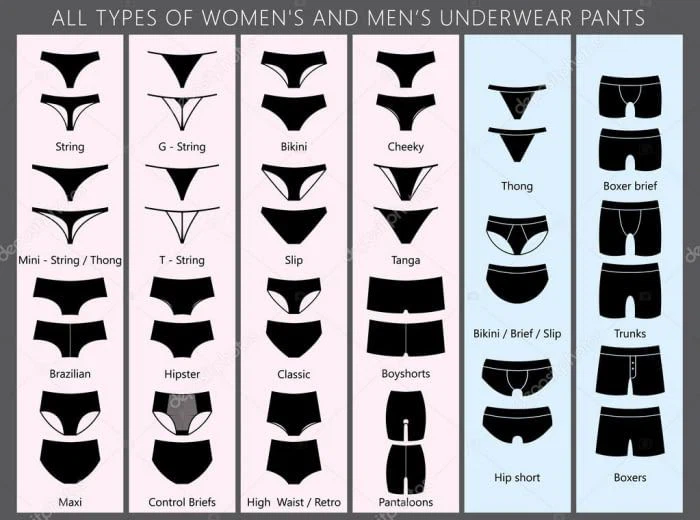
4. Select sustainable materials (environmental trend argument)
Argument: Sustainability is the core competitiveness of modern underwear brands. Argument:
- In 2023, global sustainable underwear sales will increase by 28% (Statista).
- Brands such as Pact and Knickey get high premiums through 100% organic cotton products (30% higher retail price).
5. Key factors in manufacturer selection (supply chain argument)
Argument: The right manufacturer can significantly reduce the risk of entrepreneurship. Argument:
- Manufacturers with small batch production (MOQ 50-100 pieces) are more suitable for start-up brands and reduce inventory pressure.
- Factories with OEKO-TEX certification can ensure fabric safety and enhance brand reputation.
6. Control costs and budget (financial planning argument)
Argument: A reasonable budget is the key to brand survival. Argument:
- The average initial investment for a new underwear brand is $3,000-$15,000 (including design, sampling, and first batch production).
- The “pre-sale model” can reduce inventory costs. For example, the success rate of underwear projects on the crowdfunding platform Kickstarter exceeds 40%.
7. Brand story and packaging (marketing argument)
Argument: Differentiated brand stories can enhance customer loyalty. Argument:
- 72% of consumers prefer to buy brands with distinct values (Nielsen report).
- The market demand for degradable packaging grows by 15% annually, and environmentally friendly packaging can increase brand premium.
8. Digital marketing strategy (promotion argument)
Argument: Social media is the core channel for underwear brand growth. Argument:
- The number of underwear-themed videos on Instagram and TikTok has exceeded 5 billion times, and the conversion rate of UGC content (user-generated content) is higher.
- The gross profit margin of underwear brands in the DTC (direct-to-consumer) model can reach 60%, which is much higher than traditional retail.
9. Flexible supply chain strategy (operational argument)
Argument: A fast-response supply chain can adapt to market changes. Argument:
- Brands that adopt the “on-demand production” model have an inventory turnover rate that increases by 30%.
- Regional production (such as close to the target market) can reduce logistics costs by more than 20%.
10. Long-term brand building (sustainable development argument)
Argument: Brands need to continue to innovate to remain competitive. Argument:
- Regularly launching limited series (such as seasonal designs) can increase repurchase rates by 25%.
- The customer lifetime value (LTV) of a membership subscription model (such as a monthly new underwear box) is 3 times higher than that of a single purchase.
FAQS
1. Is the underwear market still growing?
Yes. The global underwear market is projected to reach $135.16 billion by 2030, with a 4.52% annual growth rate (Market Research Future).
2. What niche markets are trending in underwear?
Plus-size underwear (growing demand)
Sustainable & organic fabrics (popular with Gen Z)
Seamless & activewear-inspired designs
3. How much does it cost to start an underwear brand?
Initial costs range from $3,000–$15,000, covering design, sampling, and first production batch.
4. What fabrics are best for sustainable underwear?
Organic cotton
Bamboo fiber
Modal & recycled materials
5. How do I find a good manufacturer?
Look for:
Low MOQ (50–100 pieces)
OEKO-TEX certified factories
Private label & sampling services
Summary
Building your own underwear brand requires precise market positioning, innovative product design, reliable supply chain support, and a strong brand story. From choosing eco-friendly materials to leveraging social media marketing, every step is crucial. As consumer demand for personalized and sustainable products continues to grow, now is the best time to enter this market. With the 10 key arguments and arguments in this guide, you can systematically plan your entrepreneurial path, reduce risks, and occupy a place in this market worth hundreds of billions.
Action suggestions:
- Start from a niche market (such as sports bras, plus sizes, or eco-friendly series).
- Choose manufacturers that support small batch production (such as Tack Apparel).
- Prioritize digital marketing and use Instagram and TikTok to build brand awareness.
- Use sustainable materials and packaging to enhance brand premium capabilities.





